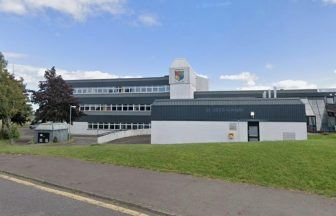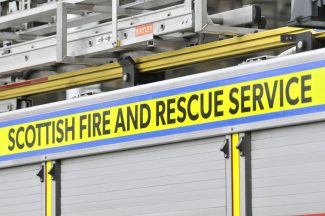A propeller thought to be from a Second World War plane has been found wrapped in potato sacks in a peat bog, sparking an investigation.
A contractor initially thought he might have discovered human remains when he came across the sacks while carrying out peatland restoration work at Coire a’Bhradain on the Isle of Arran.
Work is now under way to discover where the propeller came from, as its location falls outside two previously known crash sites nearby.
Experts have narrowed down the types of plane to a B17 Flying Fortress or a B24 Liberator, which both crashed on Arran and used the same sort of propeller blades.
 National Trust for Scotland
National Trust for ScotlandDerek Alexander, head of archaeology for the National Trust for Scotland (NTS), which cares for the land where the propeller was found, said: “We are intrigued by the discovery of the propeller blade, which certainly looks to be from a WWII plane.
“There are two previously known plane crash sites further up the glen on the steep cliff side of Beinn Nuis, but this object was found outside the mapped spread of debris from both of these, which has caused some uncertainty around which aircraft they belong to.
“The plane part was discovered when our contractor’s excavator bucket hit something solid and metallic.
“On closer inspection we found it had been wrapped and tied in a potato sack, which has added further intrigue to the find that lay some distance from the spread of the wreckage of the former crash sites.
“It may have been gathered during the clean-up of the site in the 1940s, immediately after the impact, or through subsequent work by the trust in the 1980s. It’s too early to tell but we are determined to get to the bottom of it.”
NTS said there were six Second World War plane crashes on land NTS now cares for on Arran, which are protected sites.
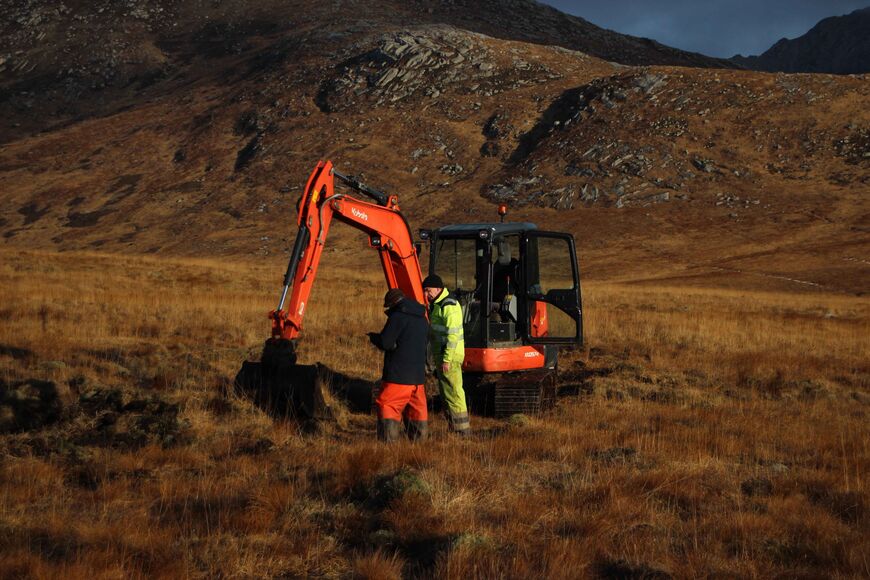 National Trust for Scotland
National Trust for ScotlandIt is working with relevant organisations and following procedures, such as informing the Military Crash Register, before any further work can be carried out on the latest discovery.
The crash site closest to where the propeller blade was found is that of the B24 Liberator, which came down on August 24, 1943 with the loss of all 11 crew and passengers.
The bodies were recovered from the crash site shortly afterwards, but the location is still protected today under the 1986 Protection of Military Remains Act.
Mr Alexander said: “We are not permitted to remove wreckage from such sites without first obtaining permission – so the accidental discovery of a propeller blade, outwith the known spread of fuselage debris, that had obviously been previously moved is quite an unusual situation.
“We are working with an aviation and aircraft expert to identify the objects, and there is potential to match up the serial numbers of the parts to historic records held by the military.
“This will help us get closer to the origin of this fascinating discovery, continue to share these stories and remember those who lost their lives.”
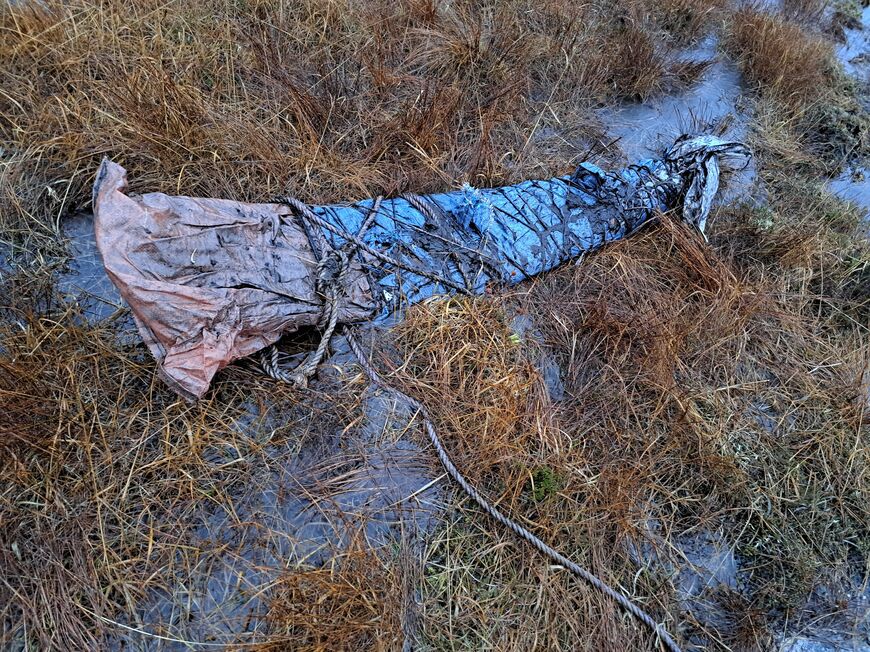 National Trust for Scotland
National Trust for ScotlandThe propeller was found in February during peatland restoration work which is helping to mitigate against climate change.
Kate Sampson, senior ranger at the NTS on Arran, said: “I think our contractor got a bit of a shock when he saw the end of the potato sack sticking out of the bog as his first thought was that it could be human remains.
“However, with careful excavation the wrapped propeller was revealed with a rope still tied around it, and we suspect someone might have been dragging the propeller down the hill when it sunk deep into the peat, not to be recovered until now.”
Follow STV News on WhatsApp
Scan the QR code on your mobile device for all the latest news from around the country


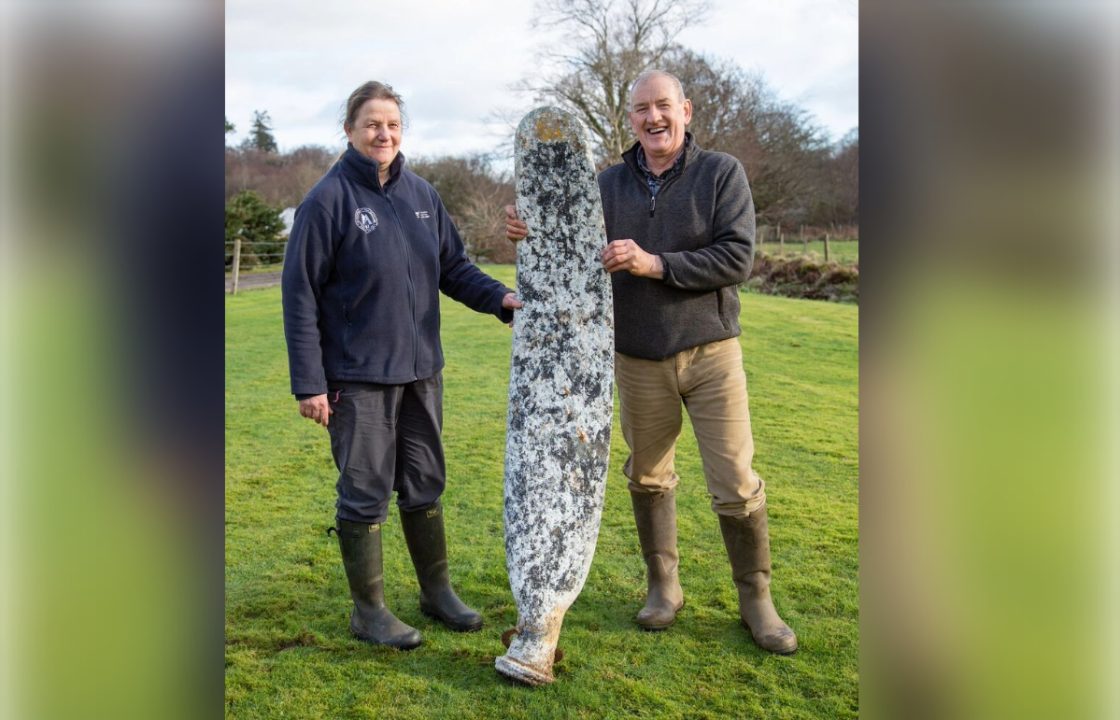 National Trust for Scotland
National Trust for Scotland




















